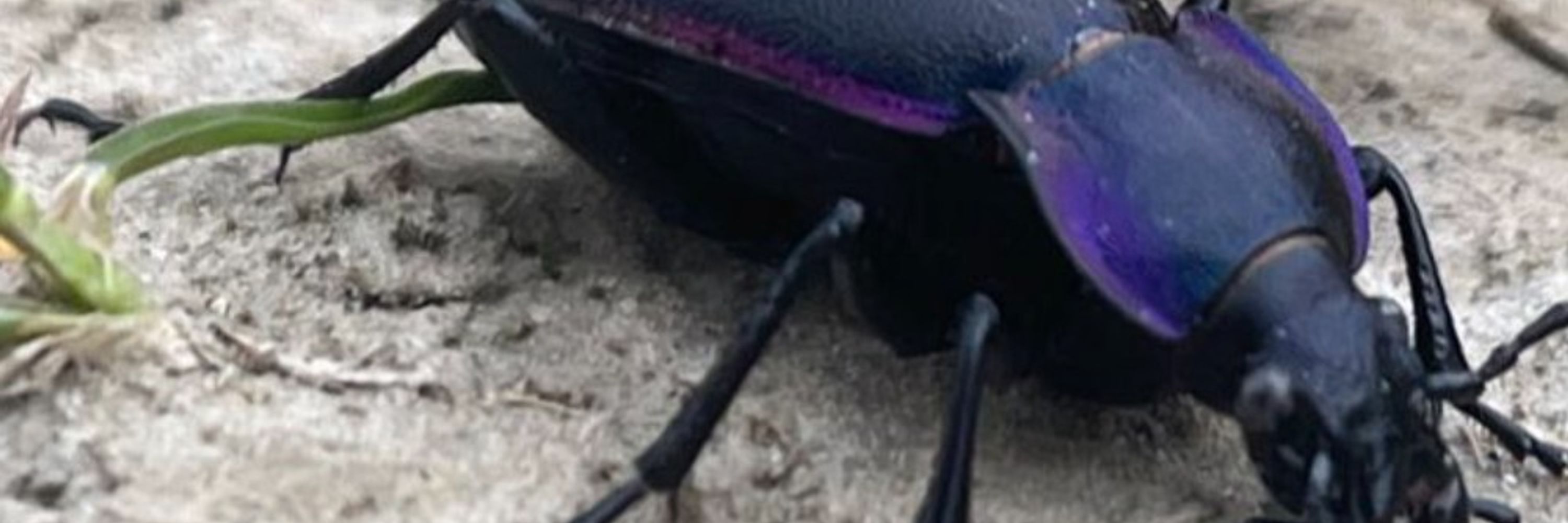
Huge thanks to all the wonderful co-authors on this piece!! @naturerecovery.bsky.social@oxfordbiology.bsky.social 11/11
e.g., revising habitat condition assessment, inclusion of connectivity, developing guidance on pre-dev invert surveys, and considering whether there needs to be a minimum habitat size threshold included in BNG to create larger habitats + drive investment into offsets. 10/
Therefore, in the paper we also propose solutions to realign the policy with what we know to be good for inverts! 🐞 This will optimise BNG, allowing the delivery of habitats which benefit invertebrate populations - which is very important in light of invert declines 9/
As BNG is applied across England, it is anticipated to be a key driver of habitat creation 🌳 🏡 . Therefore, the opportunity should be seized to ensure BNG contributes to wider conservation targets, such as the species abundance targets in the Environmental Improvement Plan. 8/
4. Metric flexibility allowing for the provision of smaller habitats which may not be of better quality to inverts for reasons 1,2,3 🦋 . 7/
4. Metric flexibility allowing for the provision of smaller habitats which may not be of better quality to inverts for reasons 1,2,3 🦋 . 6/
3. Habitat pressures within the built environment reducing the suitability of on-site habitats (the majority provided under the policy!) for invertebrates 🐜. This includes pesticide application, high levels of disturbance, and nutrient enrichment 6/
2. A lack of a robust measure of connectivity in the metric 🕷. Without appropriate consideration of connectivity, we risk habitat fragmentation, with inverts unable to colonise newly created habitats 5/
1. Mismatch between what the statutory biodiversity metric considers to be 'good' habitat condition & the habitat conditions required by invertebrates 🐛. For example, the metric penalties on scrub, bare ground, and floral species 'indicative of sub optimal condition' 4/
This is an incredibly ambitious policy which embeds biodiversity within the planning process with the aim to leave biodiversity in a better state post-development 🌳 🌿 However, there are certain gaps in the policy which may lead to sub-optimal outcomes for invertebrate populations… 3/
